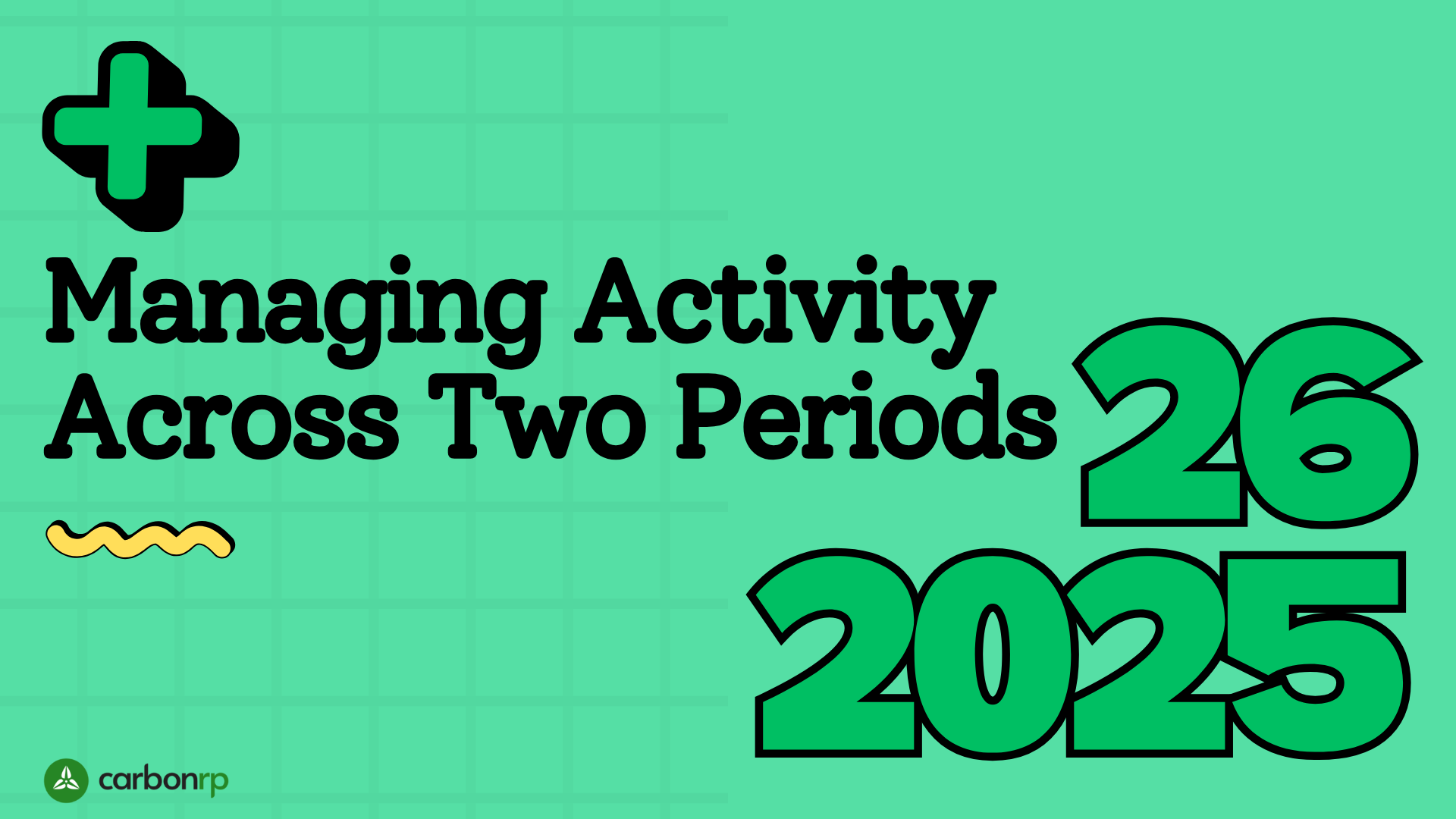
A common challenge in carbon reporting is how to record activity data that spans more than one reporting period. This can occur with any type of evidence document or data source. Examples include utility invoices, fuel deliveries, waste collections or meter readings that begin in one period and end in the next. Since most systems allow the evidence file to be uploaded only once, users often wonder how to allocate the underlying activity across the correct reporting periods.
Each reporting period requires accurate activity data so that the correct emissions factors can be applied. When one document covers two periods, uploading it twice is not desirable, and placing all consumption or usage in a single period risks distorting results. The aim is to reflect the split between periods in a way that is transparent and consistent.
DEFRA (UK government's Department for Environment, Food and Rural Affairs) provides clear guidance on how to allocate activity and select the appropriate emissions factors. This guidance underpins most carbon accounting frameworks used in the UK.
DEFRA states that emissions factors should correlate with the period of the activity data. When the data spans more than one factor year or more than one reporting period, DEFRA recognises two approaches:
1. The Majority approach
All activity is allocated to the factor year in which most of the days fall. For example, an organisation that reports on an April to March year would use the factors from the calendar year that contains the largest proportion of the activity. Users with a July to June reporting year should use the newest available factors.
2. The Blended approach
The activity is split proportionally based on the number of days that fall in each factor year. If part of the data falls under one conversion factor period and the remainder under the next, the split is calculated according to the number of days in each. This method is acceptable as long as it is transparent, auditable and applied consistently.
When a single document or record spans multiple reporting periods or factor years, you can:
Activity data that crosses reporting period boundaries is common. DEFRA’s Majority and Blended approaches provide reliable methods for allocating usage and selecting the correct emissions factors. By adopting one method and applying it consistently, you can handle multi period data accurately without duplicating documents.
Source: DEFRA